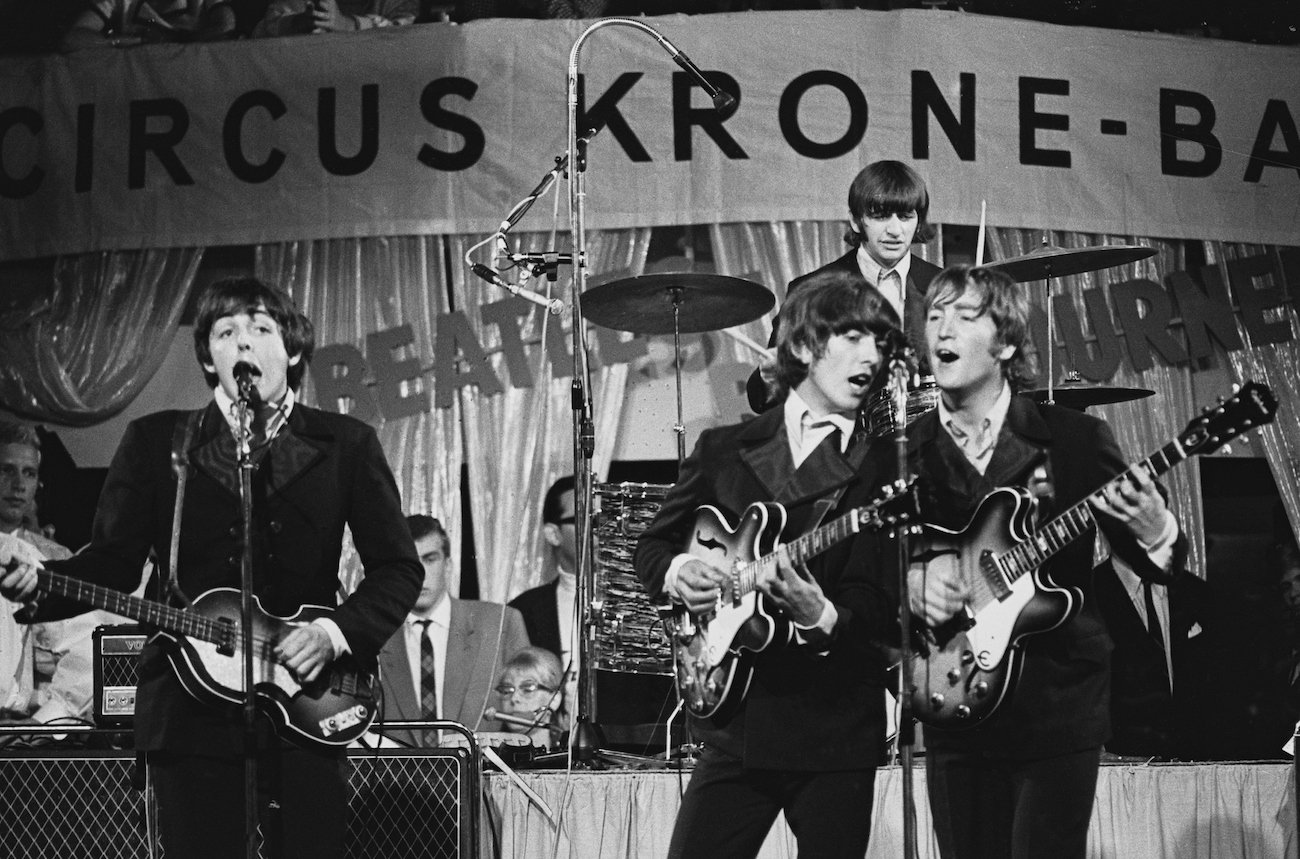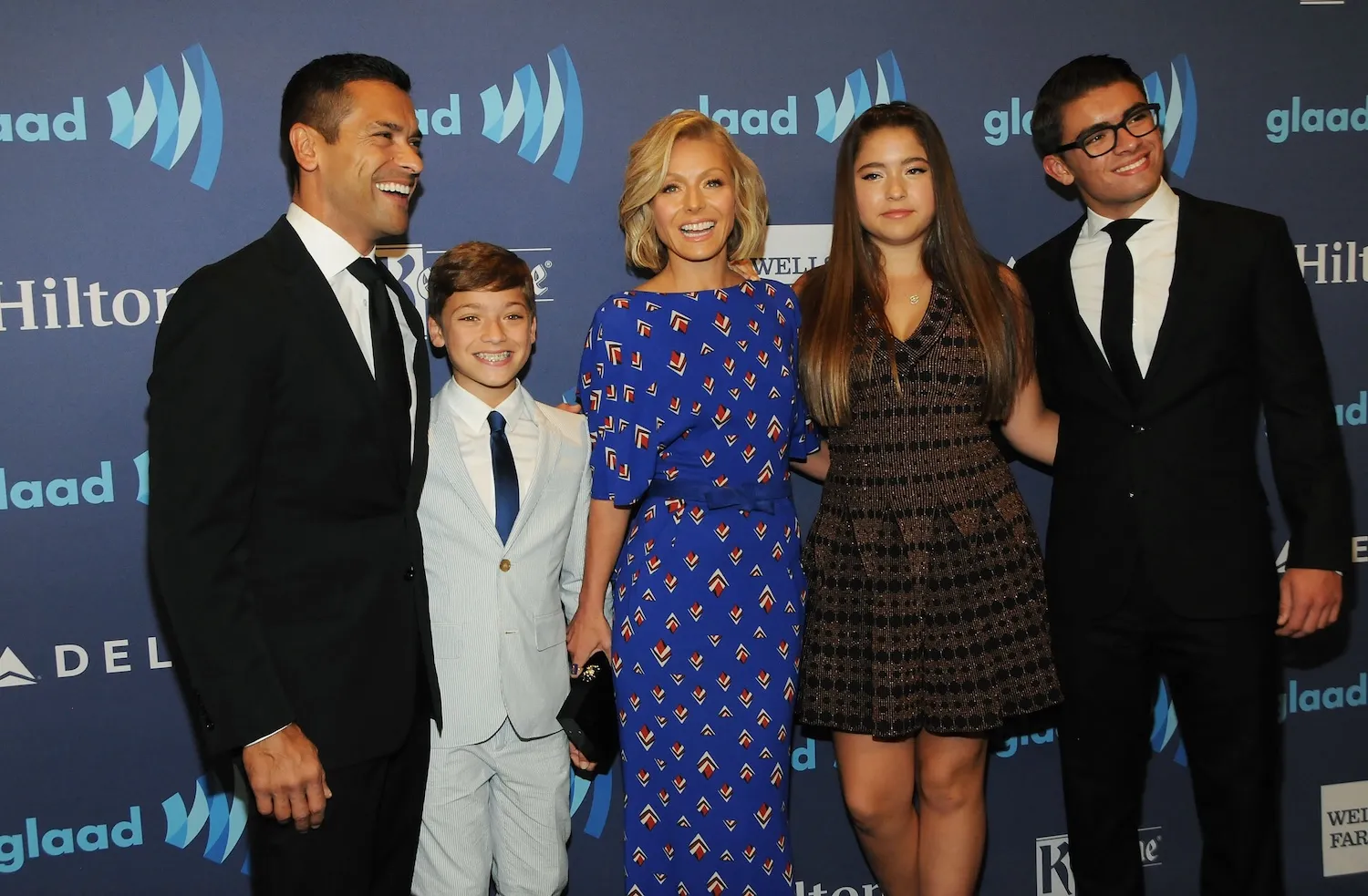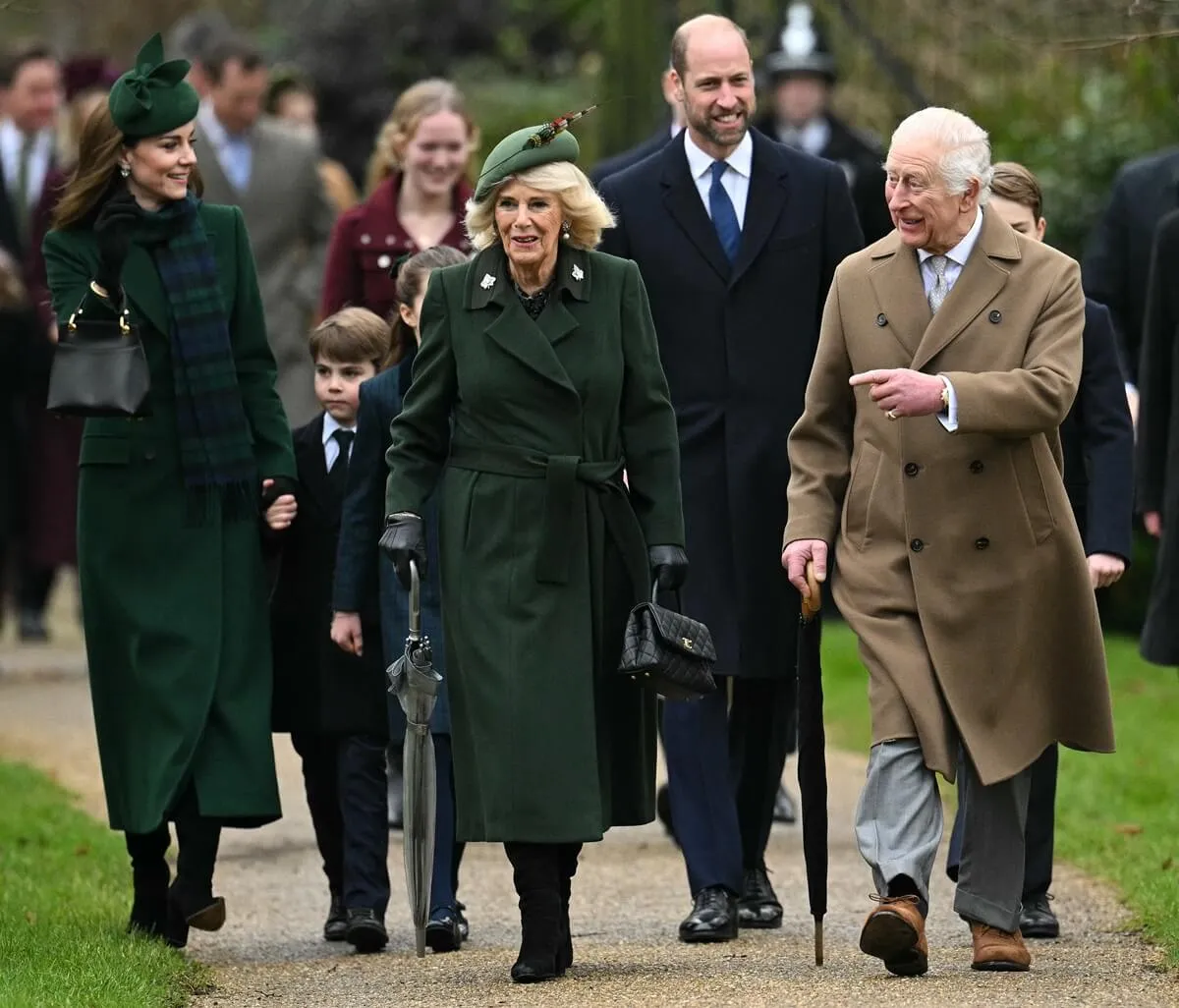
A Businessman Earned $100,000 off of The Beatles’ Sweat
During Beatlemania, a savvy businessman came across The Beatles‘ sweat. Like Elvis Presley, The Beatles had all sorts of merchandise with their likeness plastered on it when they became popular. There were the bizarre clippings of Beatle’s hair, but Beatle sweat? Whether you believe merch like that is authentic or not, it’s bizarre. It’s just as strange that people actually bought it.

Beatlemania skyrocketed when The Beatles came to the U.S.
The Beatles achieved success in the U.K. and Europe in 1963. However, they needed to conquer the U.S. Their manager, Brian Epstein, arranged a small American tour in February 1964 and scheduled them to appear on The Ed Sullivan Show, their first American television performance.
By then, the group’s American following had grown exponentially. They’d received their first No. 1 hit with “I Want To Hold Your Hand.” The group left for the U.S. on Feb. 7.
In Here Comes the Sun: The Spiritual and Musical Journey of George Harrison, Joshua M. Greene wrote, “By 6:30 A.M. radios across the United States were tracking the approach of their Pan Am flight like that of an enemy bomber. ‘The Beatles left London thirty minutes ago. They’re thirty minutes out over the Atlantic Ocean, heading for New York. It is thirty-two Beatles degrees.'”
When The Beatles landed on the tarmac at the newly renamed J.F.K. Airport, they were greeted by 3,000 screaming fans. It was pandemonium.
On Feb. 9, 10,000 fans packed onto Broadway, waiting for The Beatles to arrive at CBS Television Studio 50 for their television performance on The Ed Sullivan Show. More than 50,000 fans had hoped to score tickets to the show, which took place in an auditorium that seated only 728.
Inside Studio 50, the crowd screamed, waiting for The Beatles to go on. When they did, the sound grew to a roar. At home, 73 million Americans watched The Beatles’ performance. This was only the beginning of Beatlemania, though.
After The Beatles’ appearance on The Ed Sullivan Show, merchandisers saw an opportunity. Hundreds of thousands of girls loved The Beatles, and all those girls wanted the group’s faces on everything they owned. Some of those girls even wanted a physical piece of them.
One businessman sold The Beatles’ sweat
According to Greene, consumers spent an incalculable about of money on Beatle paraphernalia during Beatlemania.
Suddenly, there were wigs, wallpaper, dolls, figurines, chewing gum, candy, caps, shirts, belts, boots, balloons, buttons, sheets, pillowcases, photographs, pencil sharpeners, toothbrushes, towels, and so much more with The Beatles pasted on it.
Greene wrote that in 1964, “Beatles merchandise in the United States alone generated more than $50 million in sales… The numbers keep escalating. As early as their Shea Stadium concert, sales of Beatles records internationally had already surpassed £50 million, nearly $250 million in today’s money. Everything they touched turned to gold.”
Then, a businessman hatched a great plan. To capitalize on the growing demand for all things Beatles, the businessman needed to acquire something of The Beatles, even if they’d only touched or used it for a second, to sell to fans. Having a shirt or some bed sheets with The Beatles’ faces on them wasn’t enough. Some fans wanted a piece of them.
During The Beatles’ performance at the Hollywood Bowl, management gave them towels to dry their sweat. Somehow, the businessman was able to acquire the towels for $100. He then cut them into thousands of half-inch squares.
The entire lot sold out in less than a day at $5 apiece. That businessman earned more than $100,000 from The Beatles’ body sweat.
There was stranger merchandise than The Beatles’ sweat
That businessman had a clever idea to make an obscene amount of money on Beatles’ sweat, something truly bizarre. However, he wasn’t the only person with strange ideas for Beatle merchandise. Greene also wrote that an American firm wrote to Epstein asking if they could market Beatles bathwater. Epstein politely declined.


